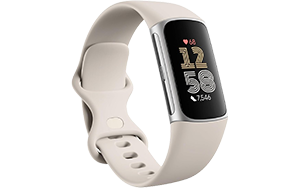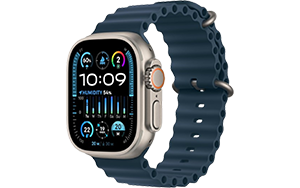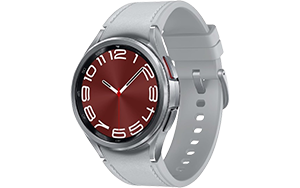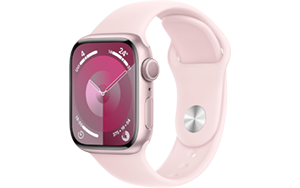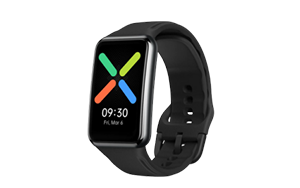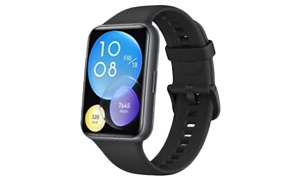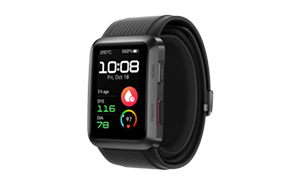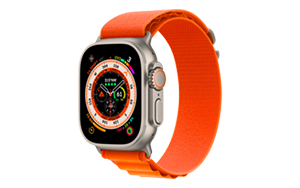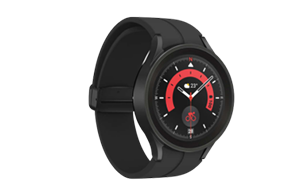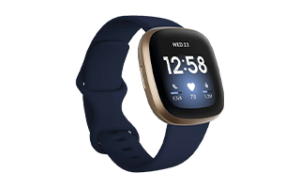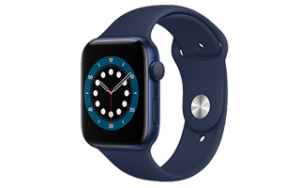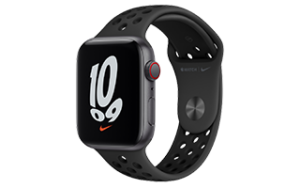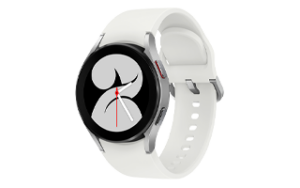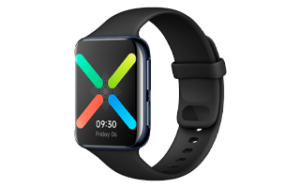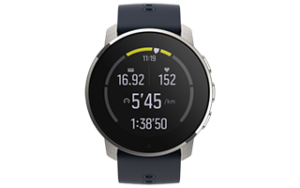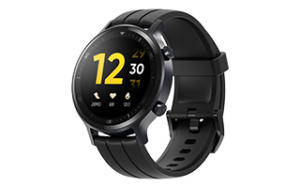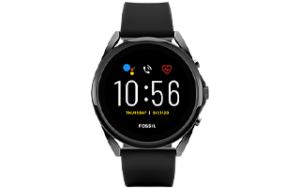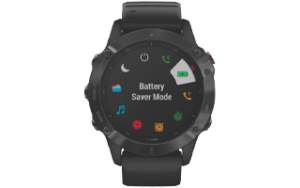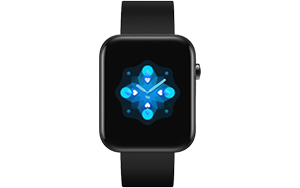The Apple Watch Ultra 2 will push you and hard as you can push it.
Apple Watch Ultra 2 review: Aspiration and inspiration
There’s a strategy in marketing that goes something like this: don’t market to the audience you have, market to who your audience wishes they were. Apple understands this perfectly. It’s doubtful that most consumers buying the Apple Watch Ultra 2 are deep sea diving or mountain climbing, but it’s the idea that they could that makes the Ultra 2 so attractive.
That’s been my experience with the Ultra 2 so far. While there’s little chance I’ll ever have the need to use many of the features, the fact that they’re there has gotten me considering activities I never would have in the past.
The Apple Watch Ultra 2 isn’t new, of course, having released in September last year. But, with the new satin black titanium finish and new band Apple announced at its event this year, we thought it merited a fresh look.

How much does the Apple Watch Ultra 2 cost in Australia?
The Apple Watch Ultra 2 starts at $1,399, but with the new Black Titanium Milanese Loop, the price rises to $1,549.
That’s a lot for a smartwatch, to be certain. But the Apple Watch Ultra 2 is built to be a high performance fitness watch that can handle a variety of harsh environments and extreme use cases. Its stated target consumers are people like divers and mountaineers, but its real target are ordinary schlubs like you and me. Do we need to pay $1,549 for a smartwatch? All I can say is that, after a couple weeks with the Ultra 2, the premium price point is feeling more and more justified.
Apple Watch Ultra 2: Design
When Apple first introduced the Ultra, I have to admit that I scoffed. It’s just so chunky, it looked like the brains trust at Cupertino was asking you to strap a grandfather clock to your arm. Wearing the Ultra 2, though, I’m surprised by how comfortable it is.
The watch’s titanium body means that, in spite of being frankly enormous, it’s surprisingly light. The model Apple loaned me came with the new black Milanese loop band, which sits comfortably against the skin. It’s odd to describe one of the Earth’s hardest metals as feeling soft, but the weave of the Milanese loop gives it an almost fabric-like texture when it sits on your wrist.
It has a 49mm always-on Retina display, bigger than the largest 46mm Series 10, and that big display is capable of 3,000 nits peak brightness versus the Series’ 2,000 nits.
Also handy is the customisable Action Button (like on the iPhone 15 Pro models and the entire iPhone 16 lineup), which you can set to open various apps. You can start and pause specific workouts, Shazam a song or just turn on your torch with a quick press of the button.

Apple Watch Ultra 2: Features
The Apple Watch Ultra 2 sports the same sort of full-featured health tracking as the cheaper Series, with heart rate monitoring, ECG, blood oxygen sensors, sleep tracking and a whole host of other features. Then there are the myriad of sensors you’ll probably never use, but are cool to have.
There’s the compass, the high-g accelerometer, the depth gauge and the water temperature sensor. All of these are built to take advantage of the Ultra 2’s ruggedness, allowing you to dive with the watch to 40 metres, or climb to the tallest peaks. The watch is water resistant to 100 metres and has been tested to survive high altitudes, freezing rain, extreme temperatures; basically, anything you can throw at it.
Will you use these features? Will you be summiting Everest or free diving in open water? Will you be cross-country skiing or free climbing? Maybe. Probably not.
But the existence of these features might just get you thinking about trying activities you wouldn’t have even considered before. I know it’s not much, but since getting my hands on the Ultra 2, I’ve been running regularly for the first time in years. Could I have done that with a less rugged, less expensive smartwatch? Undoubtedly. Have I done that, though? No. I’ve had the Pixel Watch for a couple years now, after all, and, in spite of all its great Fitbit features, haven’t felt the urge to make use of them.
There’s something about the broad range of activities the Ultra 2 opens up to you that gets you actually thinking about them. The fact that I could take this watch scuba diving kinda makes me want to. The fact that I could go for a trail run, wipe out and tumble over the rocks and the watch would survive makes me actually want to get back into trail running.
And that’s the brilliance of what Apple’s created. There’s probably a vanishingly small proportion of the population who would have needed a watch like this. But I’d wager that proportion is growing as people are inspired to try activities they’d never thought to try before.
Once you do use the Ultra 2 to get out and get moving, its exercise tracking is intuitive, and easily recognises when you start a workout. There are a truly expansive number of workout types, from plain old outdoor runs and swimming to fitness gaming and pickleball. I was pleased to see skateboarding on the list, as with previous fitness trackers I’ve had to mark my skate sessions as either ice skating or rollerblading. There’s also a tide tracker, which would come in incredibly handy for keen surfers. You can add beaches from around the world, and keep an eye on the conditions at every hour of the day.
Just having access to these features has gotten me up and moving. Maybe it’s shameful that it took a high end smartwatch to do that, but when you’re being proactive about your health and making positive changes, does your motivation really matter?
Apple Watch Ultra 2: Performance and battery life

One of the big points of difference that sets the Ultra apart from the Series is battery life. Whereas the Series 10 claims up to 18 hours of normal use, the Ultra 2 will get up to 36 hours, and 72 hours in low power mode.
In practice, I found my Ultra 2 regularly made it to 36 hours — and even a little beyond — before needing a charge. When I did need to top up the battery, the charging was unbelievably fast. While Apple says the Ultra 2 will go from 0 to 80% in under an hour, I found I could put it on to charge at below 20% and have a full battery in a little over half an hour. It’s rare that a company would undersell the specs of one of its products, but if anything, the Ultra 2’s battery life was even more impressive than advertised. The watch will even go for 17 hours in workout mode, and I know if I spent 17 straight hours in workout mode, I’d put money on the fact that I’d die long before the Ultra 2.
The Ultra 2 is powered by the same S9 SiP 64-bit dual core processor that powered the Series 9. The newly launched Series 10 has upgraded to an S10 chip, which was built with the aim of thinning out the body of the watch. Performance aside, if you’re buying an Ultra 2, it’s doubtful a thin watch is at the top of your list of priorities. But the watch’s performance is excellent, with apps opening quickly. I did notice it sometimes took a bit of fiddling with the digital crown to bring up my notifications, but aside from this, the Ultra 2 is as fast and responsive as you’d hope a premium smartwatch would be.
Is the Apple Watch Ultra 2 worth buying?
Yes, $1,399 is a lot for a smartwatch. But the ethos behind the Ultra 2 is that it can be pushed to the absolute limits, and it might inspire you to push yourself similarly. If a watch gets you thinking about your health differently, if it gets you pushing yourself outside your comfort zone and trying activities you normally wouldn’t, maybe it’s worth it. In the couple weeks I’ve been using the Ultra 2, I’ve been more active, more conscious of my health choices, thinking about getting out and getting moving in ways I hadn’t before. There’s something about having a watch meant for extreme conditions that actually makes me want to go out there and subject it — and myself — to those extreme conditions.
It’s the exact sort of aspirational marketing Apple is leaning into with this watch, and getting people to aspire to be healthier and more active can’t be a bad thing. Yes, $1,399 is a lot for a smartwatch, but the Apple Watch Ultra 2 might just get you thinking in new ways about your health. Can you really put a price on that?
Related Articles










